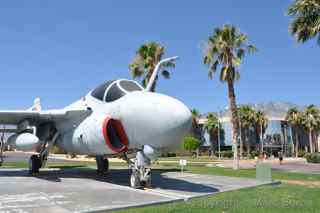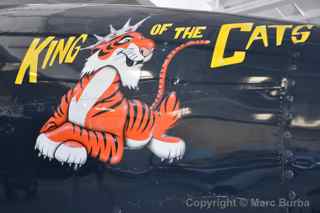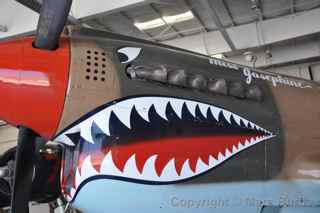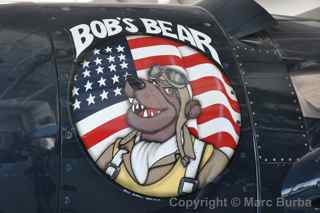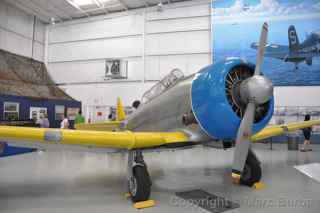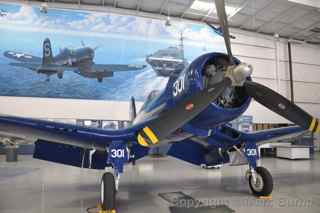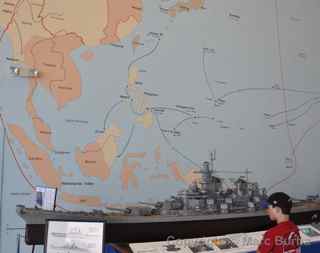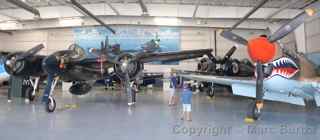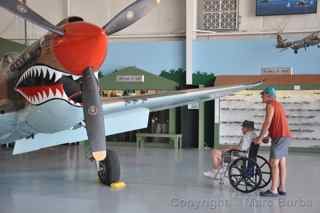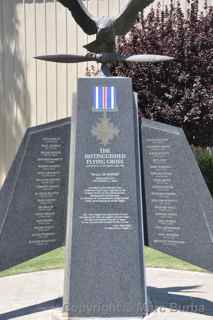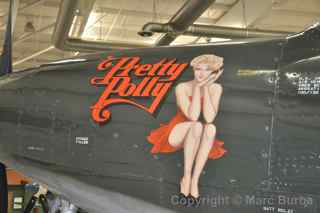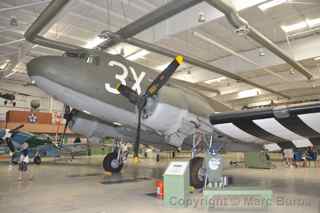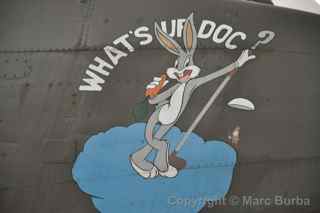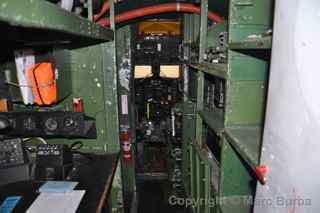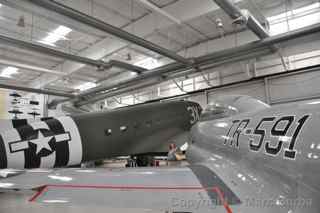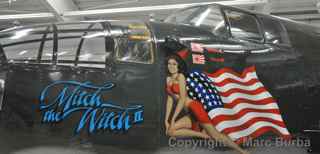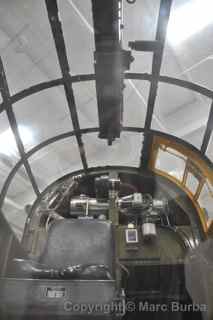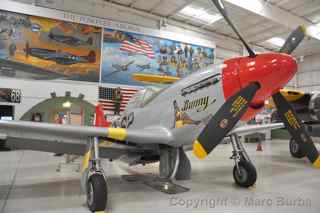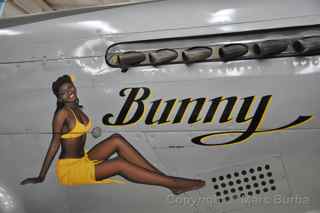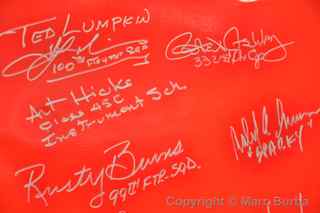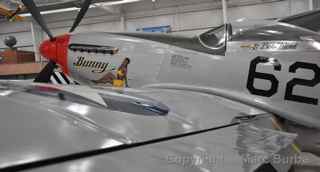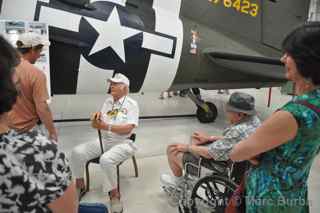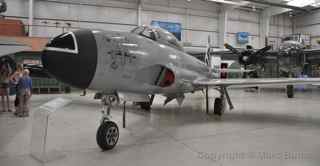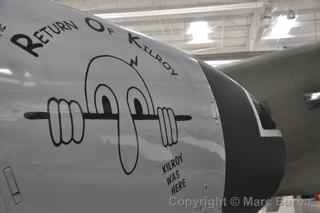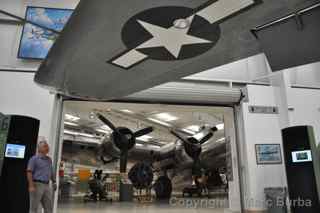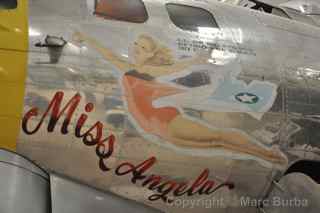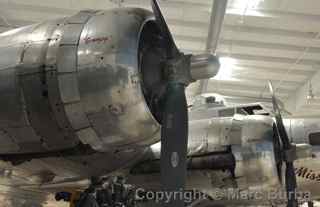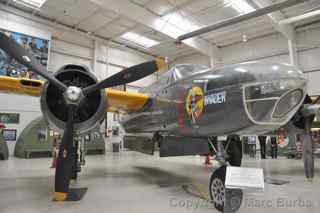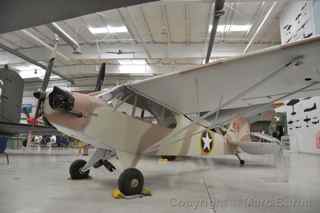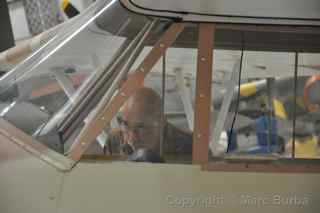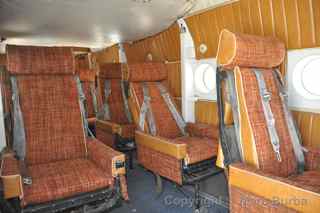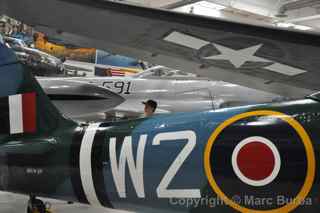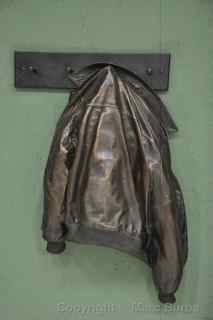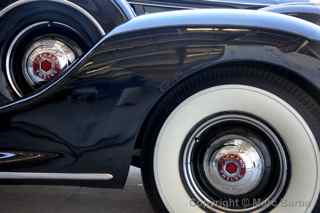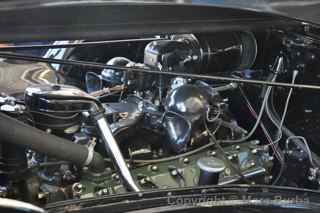California: Palm Springs Air Museum
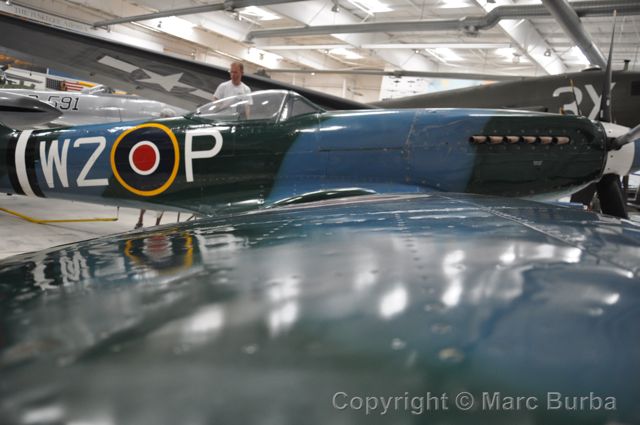 This is one of the only museums where the exhibits are routinely taken out for a spin.
This is one of the only museums where the exhibits are routinely taken out for a spin.
The Palm Springs Air Museum’s three hangars are home to one of the largest collections of airworthy World War II aircraft, as well as combat photography, detailed scale models of planes and warships, and a rotating collection of classic cars. The museum is within sight of the Palm Springs International Airport’s runways, so it’s easy for pilots to take the planes out and up during special events. It’s common to see a fighter plane or a bomber circling over the city.
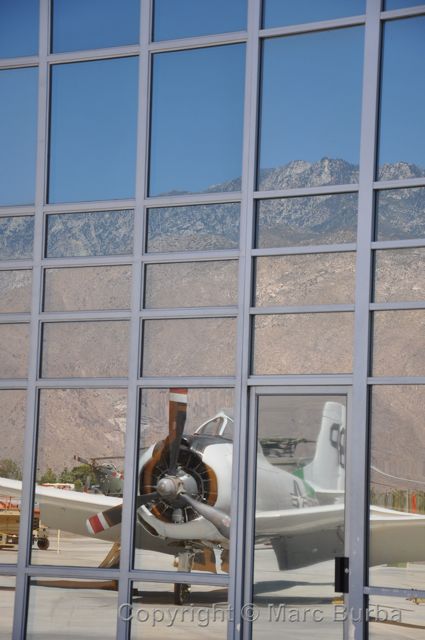 The museum opened on Veterans Day 1996.
The museum opened on Veterans Day 1996.
Many planes are from the private collection of one man: Robert Pond. The World War II naval aviator made his fortune selling the machines that clean and polish supermarket and other industrial floors, and used it to amass a collection of aircraft and more than 100 classic cars. When he and his wife moved to Palm Springs in 1996, he brought the collection with him. Pond died in 2007.
White-shirted docents, some of whom are World War II veterans, walk among the planes or sit by displays to greet visitors and tell their tales, which have probably gotten a bit taller over the years. Still, most of the volunteers are friendly and knowledgeable, happy to talk about history and airplanes.
Some exhibits rotate, so you never know when a new treasure will be on display. New to the museum since my last visit was a tribute to the Tuskegee Airmen, the nation’s first black military aviators, who served as fighter pilots during World War II. A restored P-51 Mustang on display sported the signatures of 10 surviving airmen from a 2012 ceremony. It was painted to resemble one of their fighters.
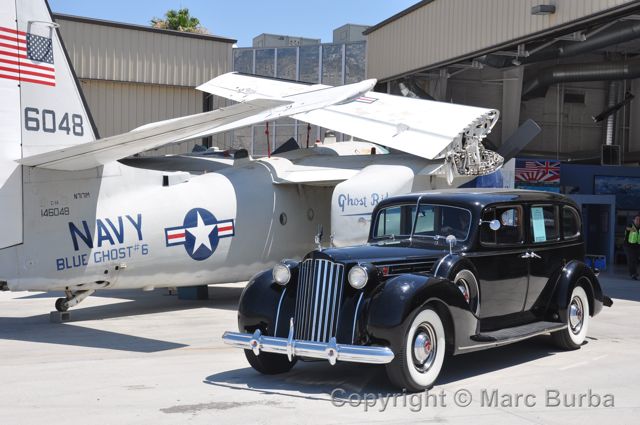 One of the cars on display years ago when I first visited the museum was Pond’s 1948 Tucker Torpedo, one of only 50 built. On this day, the only car among the planes was a 1939 Packard V-12 Limousine that was built for the Japanese Embassy in San Francisco and impounded by the U.S. government after the bombing of Pearl Harbor. After World War II it was sold as surplus to a farmer in Northern California who drove it for more than 40 years. It looks pretty good for a car that’s 70-plus: it has never been restored.
One of the cars on display years ago when I first visited the museum was Pond’s 1948 Tucker Torpedo, one of only 50 built. On this day, the only car among the planes was a 1939 Packard V-12 Limousine that was built for the Japanese Embassy in San Francisco and impounded by the U.S. government after the bombing of Pearl Harbor. After World War II it was sold as surplus to a farmer in Northern California who drove it for more than 40 years. It looks pretty good for a car that’s 70-plus: it has never been restored.


